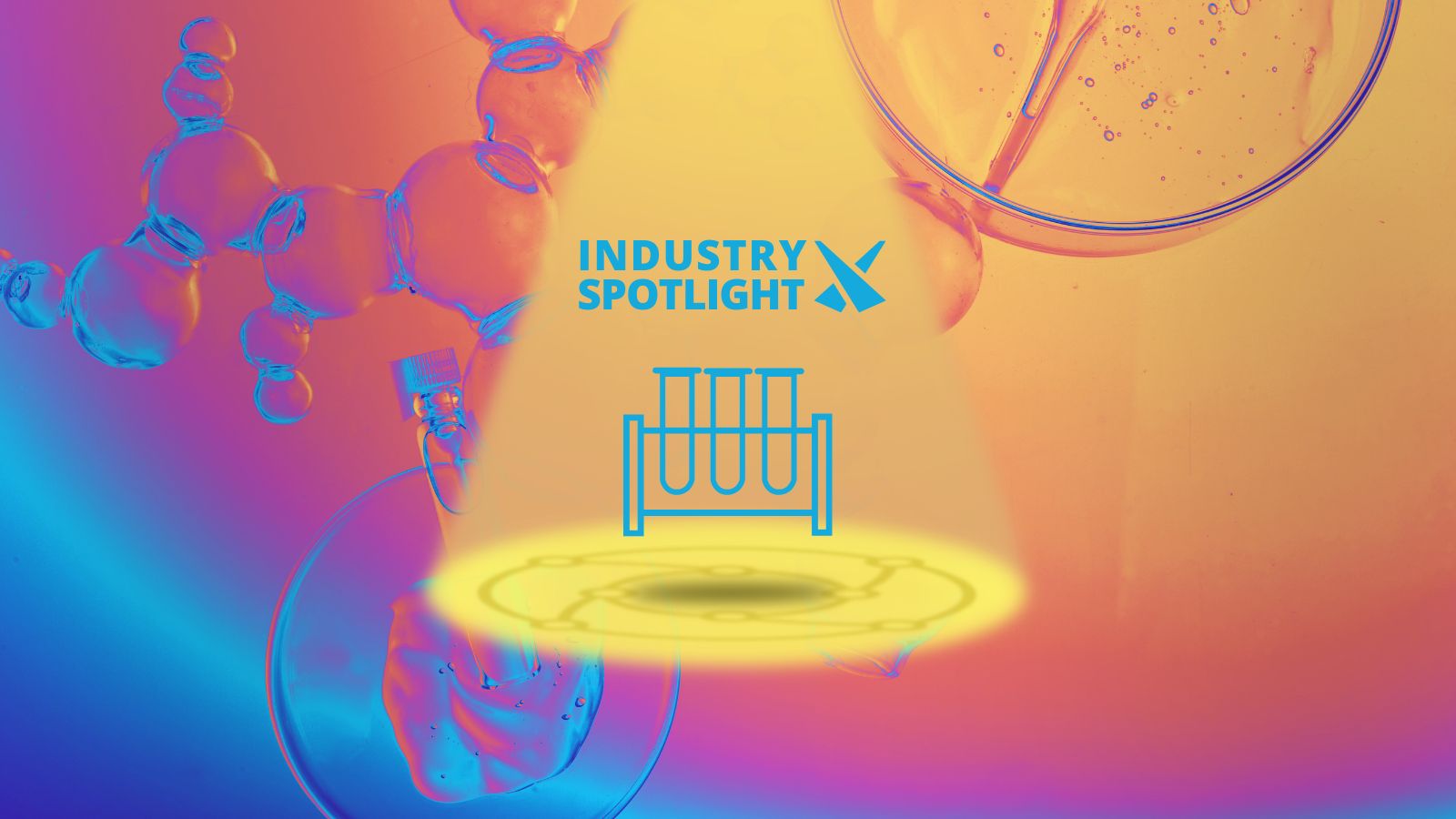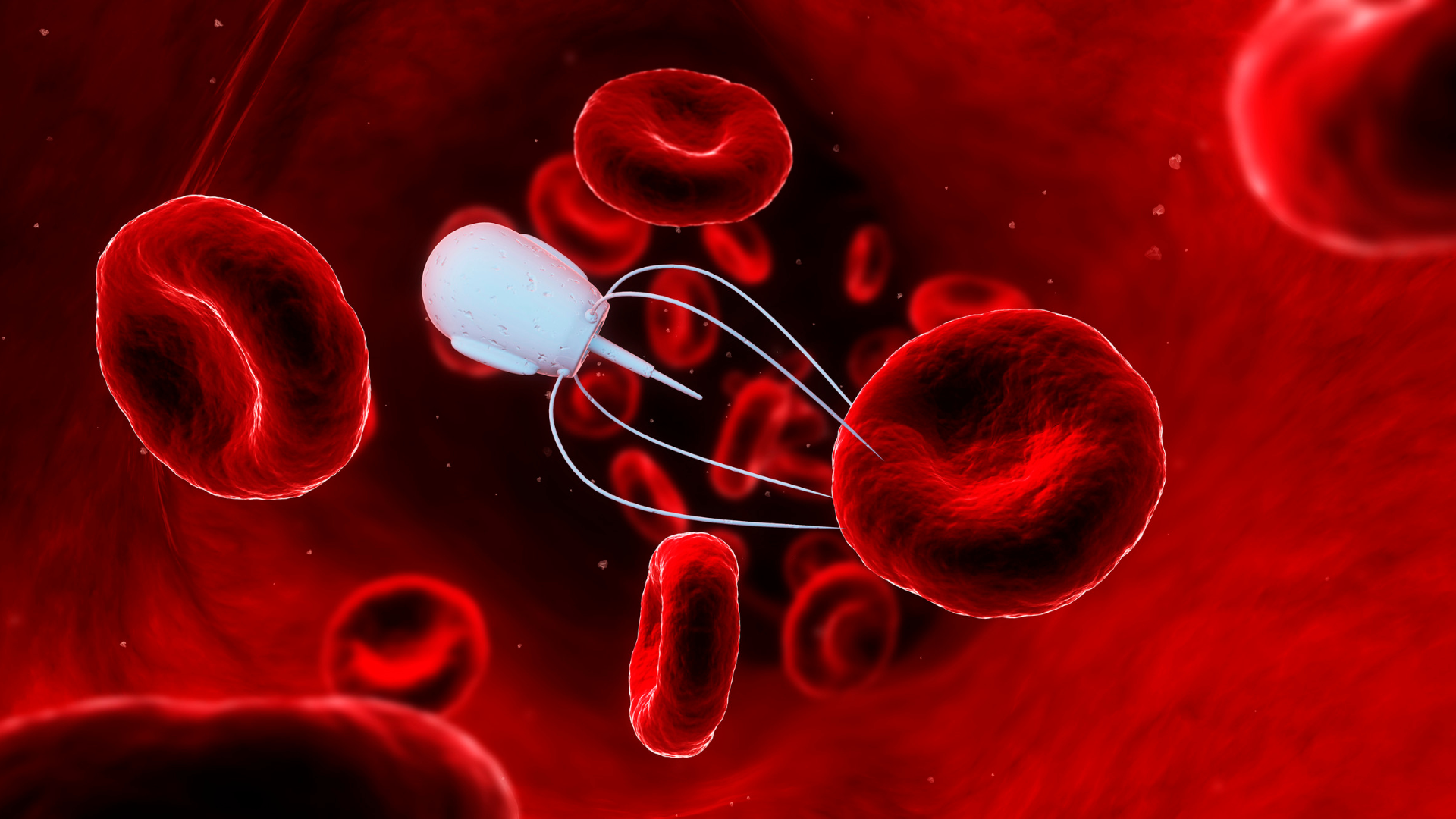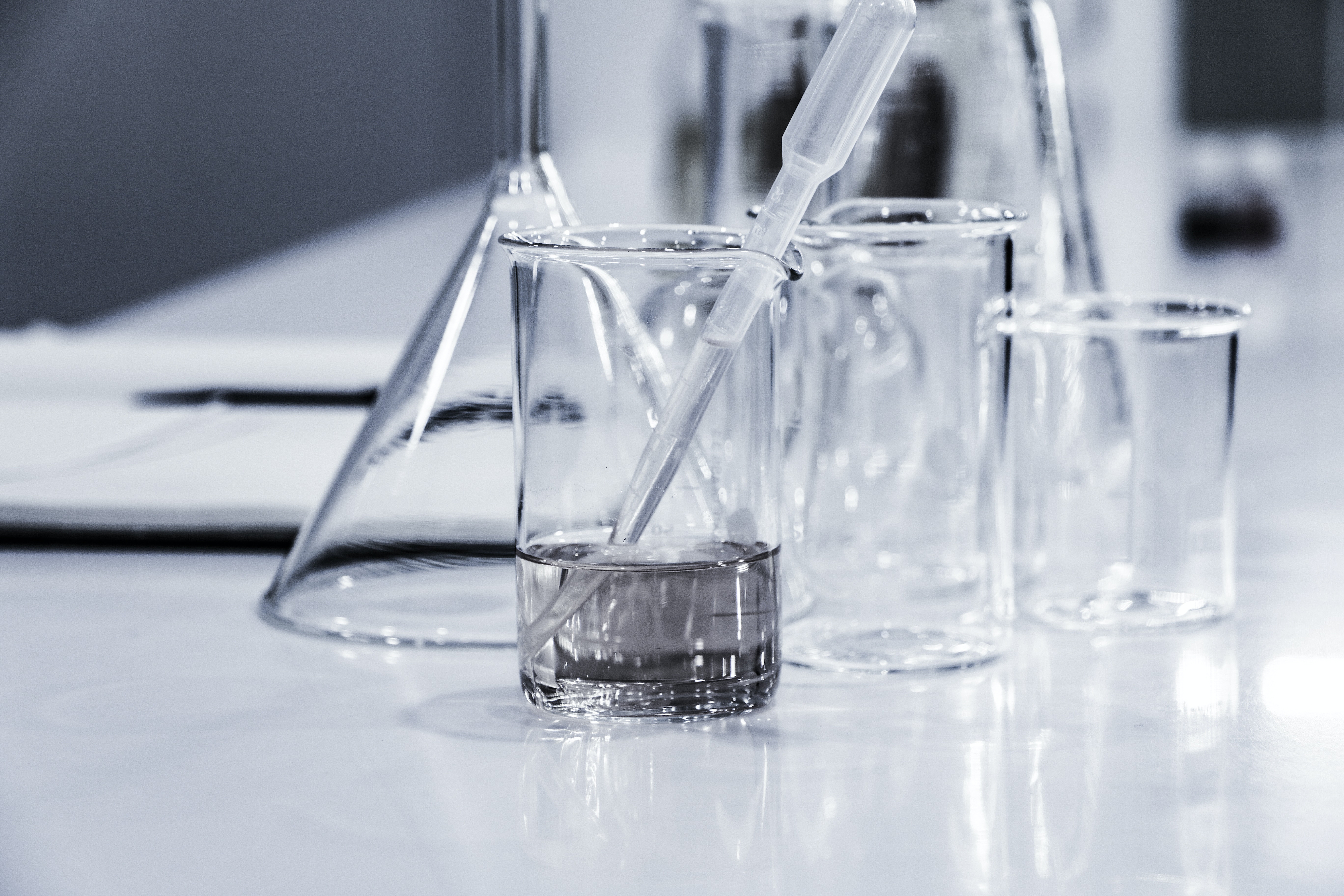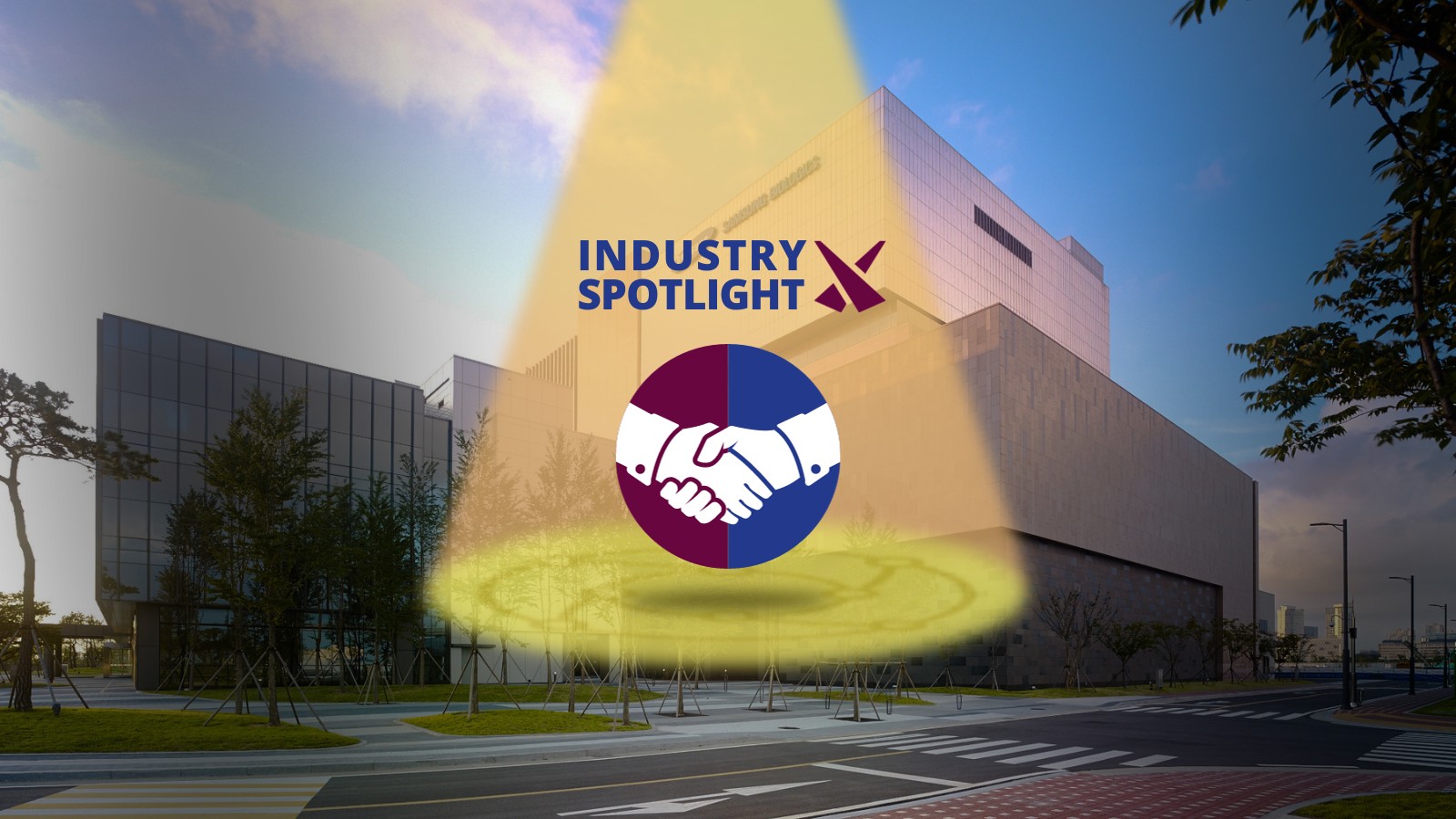Navigating the Drug Development Pipeline from Discovery to Product

The development of a new drug is a complex and multifaceted process that can take roughly 12 years to move through the development pipeline availability on the market.
Each step of the developmental phase brings new challenges for the drug’s developer, and for newer areas of medicine – such as gene therapy – the total process can take up to 30 years.
Typically, the success rate for new compounds making the journey from discovery to regulatory approval is around one in 5,000: odds that do little to inspire prospective new developers staring down the barrel of a decade-long shot in the dark.
If developers can plan for each phase of the drug development pipeline in due course, they can work to ease the process along.
This is inarguably more easily said than done when considering the sheer unpredictability of the development process, but retaining a focus on each developmental step helps matters considerably.
Working Through the Drug Development Pipeline
Broadly, the process of drug development can be separated into four stages: discovery, preclinical studies, clinical development, and market approval.
The discovery stage begins with research and development in a laboratory setting, with researchers identifying target molecules believed to contribute to the development or aggravation of a disease.
This discovery is followed by in silico testing, carried out on hundreds – sometimes even thousands – of chemical or biological components to evaluate their ability to interact with target molecules and subsequently affect disease progression.
Leading compounds are brought into the discovery phase for preclinical research, with testing carried out by in vitro and in vivo via experimental models that aim to replicate human conditions as closely as possible.
Once fully characterised, the most promising compounds then progress to lead candidates in the drug development pipeline.
The most important aspect of preclinical research is the rigorous focus on safety and product testing, with the aim of ensuring that the candidate is not toxic before it can go through clinical studies in humans.
Clinical Development
The clinical stage of the drug development pipeline involves three phases, each with a different focus: safety, proof-of-concept, and regulatory evidence.
The phase I study is the first clinical study, and involves the drug candidate being tested on 20 to 80 healthy volunteers with the aim of determining whether the candidate functions in the human body as predicted in the preclinical studies.
Phase I studies typically take up to one year to see through to completion.
Phase II studies are the proof-of-concept stage: the candidate is evaluated in a population of 100 to 300 patients diagnosed with the disease intended to be targeted by the drug.
Minimal and maximal doses of the drug are determined for use in the next phase of development following the trial period, which can take up to two years.
If the candidate receives positive safety and efficacy data from a phase II study, the therapeutic can progress to phase III.
This is the final step in the evaluation of a drug before market approval is requested from pharmaceutical legislators: in terms of logistics, the number of patients enrolled in a study is usually at least 1,000.
This ensures that enough data is obtained to show that the drug is safe for humans and has the intended efficacy.
Researchers document and report any side effects experienced by patients in conjunction with the phase III study, which means patients must be exposed to the drug for long periods of time in order for these side effects to be assessed.
Phase III can take anywhere from one to four years, subject to how long the study runs for.
Market Approval and Launch
The final stage of the regulatory process, market approval is subject to success across the board at each phase.
An application for market approval is then submitted, either as a New Drug Application (NDA) or a Biologics License Application (BLA) in the United States, or a Marketing Authorisation Application (MAA) in the EU.
These applications can include hundreds of thousands of pages of documentation summarising all data collected from the discovery phase onwards, in which the principal investigator makes the case for approval with the FDA or EMA.
Some drugs may be categorised as new molecular units (NMEs) – active ingredients which have not yet been approved by the FDA or other regulatory authorities.
Preparing the application document can take several months in addition to the six to ten months it typically takes for the authorities to process the application.
If the regulatory authorities are satisfied and approve an application, the candidate – or medicine – is ready for market launch.
Get your weekly dose of industry news and announcements here, or head over to our Formulation portal to catch up with the latest advances in manufacture and therapeutic delivery. If you’d like to learn more about our upcoming Formulation and Delivery US event, click here to download an agenda or register your interest.







